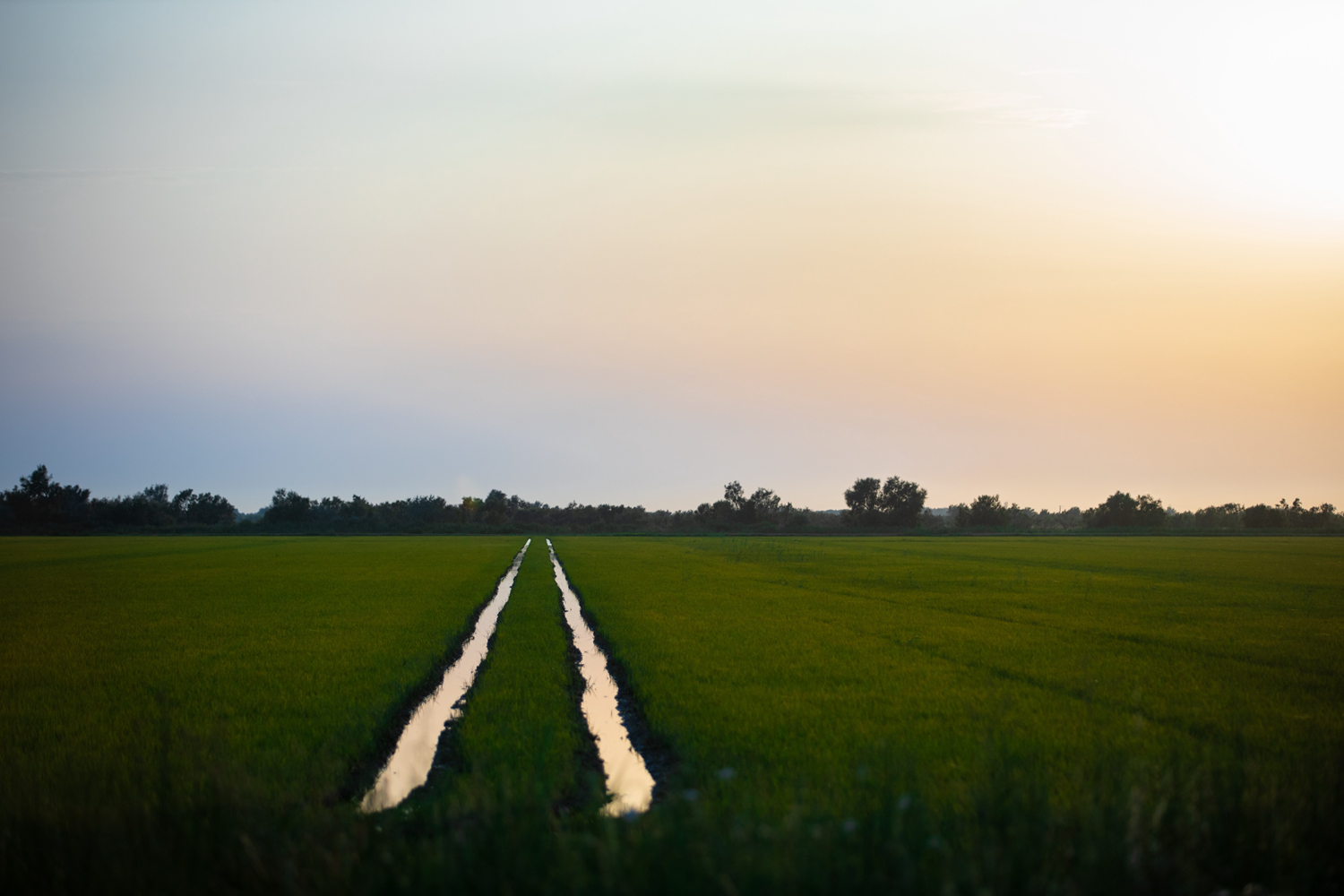Before you go any further...
I've read and accept the Terms of Use and the Privacy Policy.
I accept to receive newsletter and other communications associated with firms of The Explorers Network group'
I accept to receive commercial offers of The Explorers Network partners'.
Thanks!
Vote everyday for your favorite content
SENSITIVE CONTENT
This media contains sensitive content which some people may find disturbing or offensive.
You must be 15 years of age or older to view sensitive content.
Log inBirthday
Content being validated
THE EXPLORERS +
Watch our premium movies
The Explorers + is our premium movie catalog in Ultra High Definition (HD/4K/8K)! Hundreds of videos already available and daily new content on all your devices (web, mobile, tablets, smart TV).
Post content (photo or video) and get 1-month free
OR
Subscribe and support The Explorers Foundation's field actions for biodiversity.

Content being validated
A cultivation favored by WWII
0
0
The first attempts at rice growing in Camargue date back to the 16th century. They aimed at desalinizing the land but failed in bringing the necessary quantity of freshwater. Other subsequent attempts were unsuccessful because of malaria, which was then raging in the region, and of the sufficient production of the colonies. The food shortage and the interruption of the colonial supplies during the Second World War, however, allowed the development of rice cultivation in Camargue supported by the Marshall Plan. It thus increased from 618 acres (250 ha) in 1942 to 2,470 acres (1,000 ha) in 1945, 32,124 acres (13,000 ha) in 1955, and 79,070 acres (32,000 ha) in 1961 with a quadrupled average yield.
Related content

Médias en cours d’exploration

